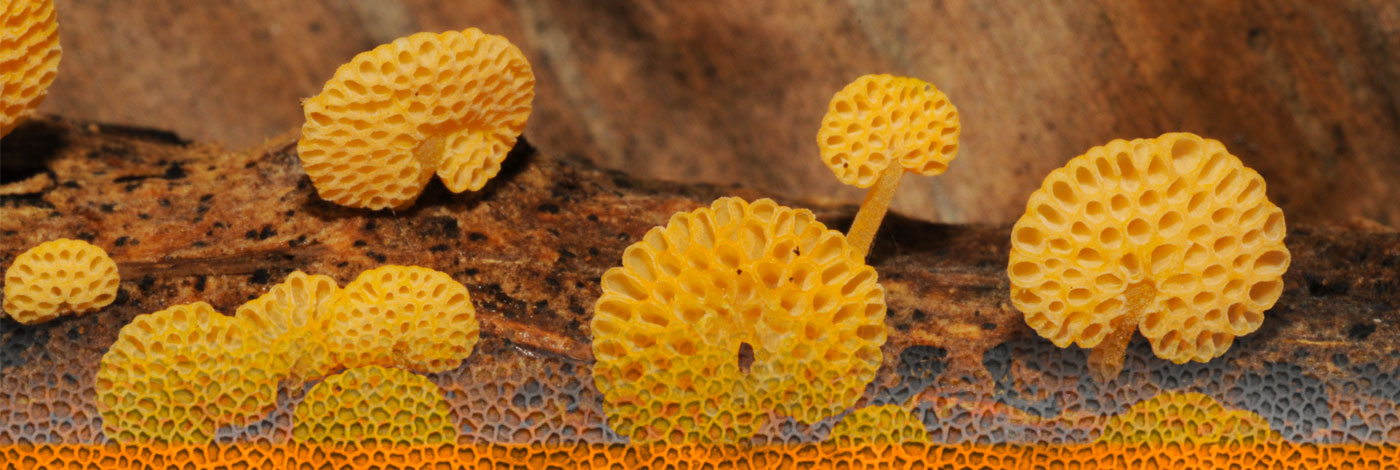
 Cryptogamie, Mycologie
38 (2) - Pages 213-225
Cryptogamie, Mycologie
38 (2) - Pages 213-225Leaves of Magnolia liliifera were selected to evaluate fungal diversity, and succession of fungi during leaf decomposition, and the effect of baiting on fungal diversity. The leaf samples were from Doi Suthep-Pui National Park, Chiang Mai, Thailand. Twentythree taxa were identified on senescent leaves of M. liliifera during the decay process. Distinct fungal communities were observed with the dominant species on the leaves being different at each succession stage. The most abundant fungal species were Hyponectria sp. 1 (on 60% of leaves), Volutella sp. 1 (60%), Gliocladium sp. 3 (37.1%), Corynespora cassiicola (34.3%), Bionectria ochroleuca (25.7%), Cylindrocladium floridanum (22.8%), Phaeosphaeria sp. (17.1%), Dactylaria longidentata (11.4%) and Lasiosphaeria sp. (11.4%). Leaf bait trials did not show any noticeable effect on fungal diversity when either the upper or lower leaf surface was adjacent to the forest floor. Highest fungal diversity on leaves of M. liliifera occurred between day 4 and 40, with most species being present on day 40. On day 56, leaves were found to be skeletonized, and the fungal communities had decreased in number.